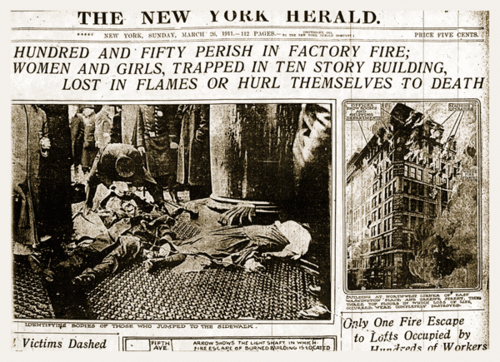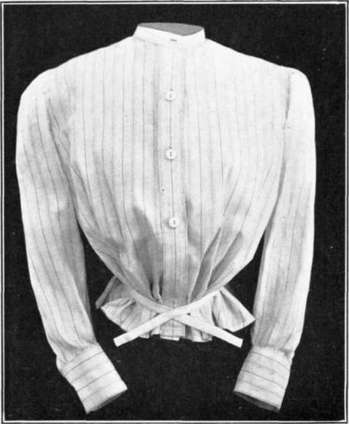Would it shock you to read that “only” 146 people died in the Triangle Shirtwaist Factory Fire? It’s not a lot, really, but poets and peasants long ago figured out that death can’t be measured by numbers.
“A thousand” tsunami-drowned bodies wash up on Japan’s shore. “Hundreds of thousands” died in Haiti’s quake; global disease and starvation kill cool, statistical “millions.” Yet every mourner knows that one loss close to home can mean everything. In the math of death, all totals equal zero.
The impact of the fire had to do with why the girls, women and men died. Every single death was preventable. Greed and a corresponding lack of humanity were responsible. The two men who owned the fatal factory got off because one lawyer confidently defended a world of corruption.
By the way, do you know what shirtwaists are? They’re turn-of-the-century blouses that had modernity written all over them, the free woman’s uniform — even if she couldn’t vote. Think of them as cotton Nikes. In both cases it’s been convenient to forget who makes them.
For readers who disdain labor unions — and there are good reasons to be cautious or critical — I’d like to offer two reasonably short links. The first is an opinion piece in the New York Times written from the point of view of a Wisconsin idealist, a calm voice who taps from his state’s agrarian utopian past. You recall that Wisconsin presently has a governor who is doing the bidding of smarter, wealthier, men than he by trying to crush public workers. If history’s measure were moral and not chronological, Gov. Scott Walker would have to account for 146 deaths.
The second is my own piece, one among many recountings and memorials, about the Triangle fire. Do look at the photos in the slideshow, which, however riveting in themselves, should churn your guts and fasten your resolve.
The centenary of the Triangle Shirtwaist Factory Fire, the Titanic of this nation’s movement for labor rights, is Friday, March 25.
Now, it’s time to sing the rest of my headline…



Thanks for the remembrance and the reminder that workers’ rights are not something to bury in the past. Our family has a photograph of about a dozen young women, one of whom is clearly my Grandmother, sitting at sewing machines. The photograph was taken at the Triangle Shirtwaist Factory not long before the fire. Bubbe was home sick that day, so I get to write this comment.